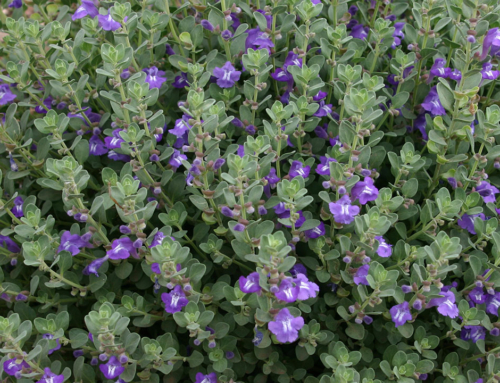By Dale Longfellow, Hennepin County Master Gardener
For me, this is one of the best times of the gardening year. I can get really serious about planning my annual vegetable gardens, and so far no deer, rabbits, squash vine bore or disease have attacked my garden.
Over the next week, I will prepare my seed starting area, and by the end of the month my eggplants, peppers, cabbage, broccoli, and parsley will begin their journey from seeds to my dinner table. Tomatoes will need to wait until about March 20 for their trip. Like any worthwhile gardening project, starting seeds isn’t easy, but it is both financially and emotionally rewarding. It also lets us grow varieties to transplant that we may not find at our favorite garden center. My process is a bit labor intensive, but it works well. Here’s what I do.
- Starting Seeds – Start seeds in small divided containers. The trays that I use have between 24 and 36 individual cells. I keep mine from year to year, but wash them out with a 10% bleach mixture before planting. This helps prevent any disease that may be lingering around from the prior year.
- Planting Seeds – Plant the seeds at the depth called for on the seed packet. Either buy a sterile pre-mixed potting mix or make your own soil-less mixture with vermiculite and peat.
- Using Heat – Heat is essential for a good germination. Peppers and eggplants, for example, do best when the soil temperature is around 80 F. If you start seeds in a cool area of your home, like a basement, the temperature may be well below what seedlings require to germinate. Heating pads designed for seed starting can placed under the starting trays serve to keep the potting mixture warm which makes the plants germinate sooner, produce healthy root systems, and prevent damping off disease. A friend used these heating pads last year and convinced me of their value. Our peppers were started on the same day, but hers were 8 inches taller than mine at transplant time.
- Using Grow Lights. You can make your own grow lights using a fluorescent light fixture with either cool white or a combination of cool white and warm white bulbs. Use a timer to give the seedlings about 14 hours of light per day. Simply placing the seedlings in a well lit part of your home is not recommended. The plants will tend to become spindly, and may not do well because of the variation in temperature.
- Controlling Moisture – Don’t soak the potting soil. At the same time don’t let it dry out. I keep a spray bottle nearby to moisten the potting soil as needed.
- Protecting Seedlings – I prefer not to cover my seed trays because I have had some disease problems in the past when I covered them. If you do cover them, be sure to remove the coverings as soon as the plants germinate. I also have had good success in keeping disease issues away by placing a fan on low speed aimed at the seedlings.
- Transplanting Seedlings – Transplant the seedlings to a larger potting container once the seedlings reach 2 – 3 inches in height. That process, however, is still weeks away. For now, I’m just excited to get my fingernails dirty mixing my potting medium.
For more information on seed starting, check out this U of MN link:
http://www.extension.umn.edu/distribution/horticulture/M1245.html




